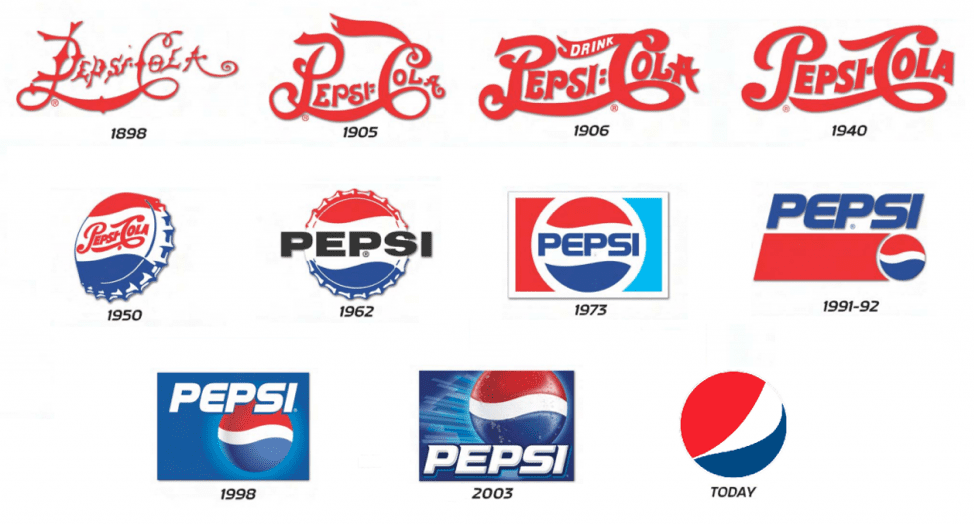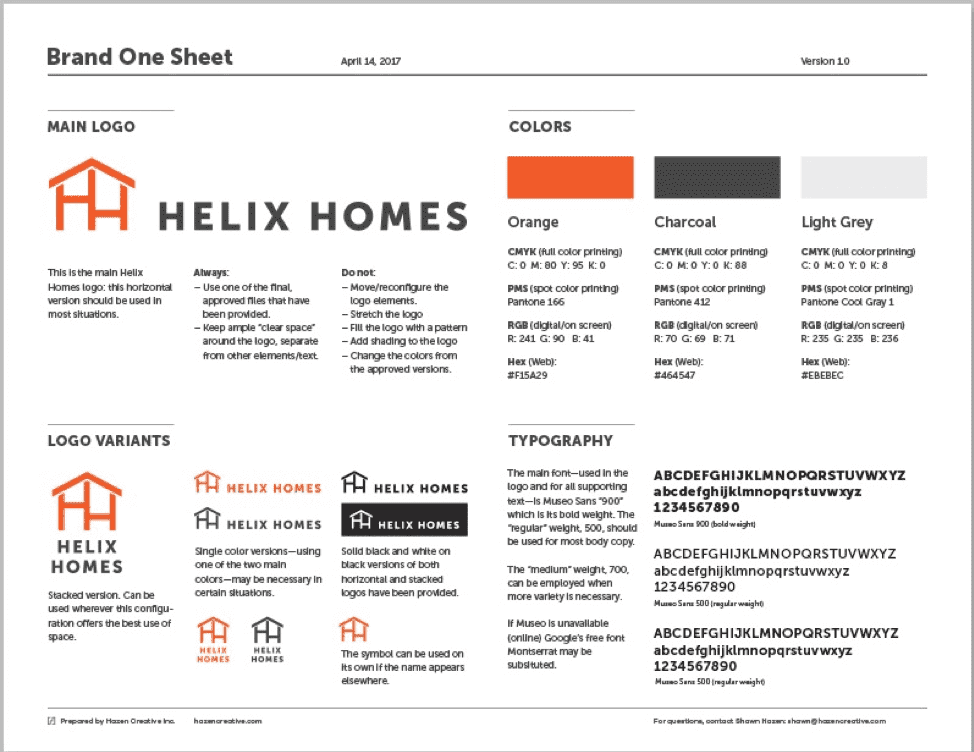It can be an incredibly difficult task, and yet one that is extremely important: consistency within your brand.
When it comes to landing clients or gaining customers, trust plays a very important part. Most people do not want to invest their hard-earned money on products or services they are completely unfamiliar with or know nothing about. On average, experts say that it takes somewhere between 8-15 points of contact with someone before they will decide to purchase a particular product or service.
This is where consistency becomes extremely important.
If you are promoting your product on a regular basis to your target audience but using different logos, fonts, or colour schemes within your promotions, it is difficult for your target audience to immediately recognize your brand and consequently for trust to be built.
If you think about any well-known and consistent brand on the market their logo will likely come to mind and as well as the colours associated with that logo and brand.
Let’s take a familiar brand like Pepsi for example:

As you can see this brand started before the turn of the century and is still around today. The original logo was a red script and then transformed throughout the years incorporating a red, white and blue theme with the round shape. Since 1950 until now the logo and colours have stayed fairly consistent. If you think of Pepsi, it is most likely that the colours and logo image come to your mind easily. It may be that you decide to drink another brand of cola, if you drink cola at all, but it is fairly certain that most would feel if they were asked, that they could trust the Pepsi brand as opposed to a brand they are completely unfamiliar with.
Have you determined a colour or set of colours that will be representative of your brand? Have you done research on your chosen colours in terms of what message they will convey to your target audience?
If so, the next step is in making sure there is consistency across all platforms in terms of colours. This includes print and digital.
There is a difference in terms of how colour is deciphered with respect to the digital world and the print world. If you are using both mediums for marketing, it is a good idea to at least have a general perception of how each works.
When it comes to print there will be several variables that can directly affect how colours appear, including the types of paper used, quality of ink and the way the colours are mixed. It is, of course, imperative that you get a proof or sample of the work prior to it going to print.
In the digital world, RGB (Red, Green, Blue) is the language for colours used, however not all colours appear the same online. Screen resolutions, screen quality, and many other variables affect how colour appears to the viewer. Therefore, when it comes to web design all RGB colours are specified by way of a hexadecimal value. Browsers are then able to translate RBG colours into their appropriate hues which the designer was intending.
Depending on whether you are the sole proprietor and are responsible for all marketing, or you have a corporation with many people who have a hand in your marketing, it will be important to establish a system by which consistency reigns. At the very least you will need a ‘brand board’ or ‘style guide’ where you keep track of your logos, brand colours, and the codes that correspond, as well as the fonts used in your business. This way you can ensure consistency across all platforms and feel confident whenever marketing your brand.

Where more people are involved it will be imperative to create a system where logos, brand colours, graphics, e-mail signatures, branded letterhead and other templates that are part of your brand are all stored. Any staff that would have a hand in marketing, sending e-mails, corresponding with clients, creating branded graphics or managing social media should have access to these materials so that they too can ensure the consistency across all platforms as it relates to your brand.

